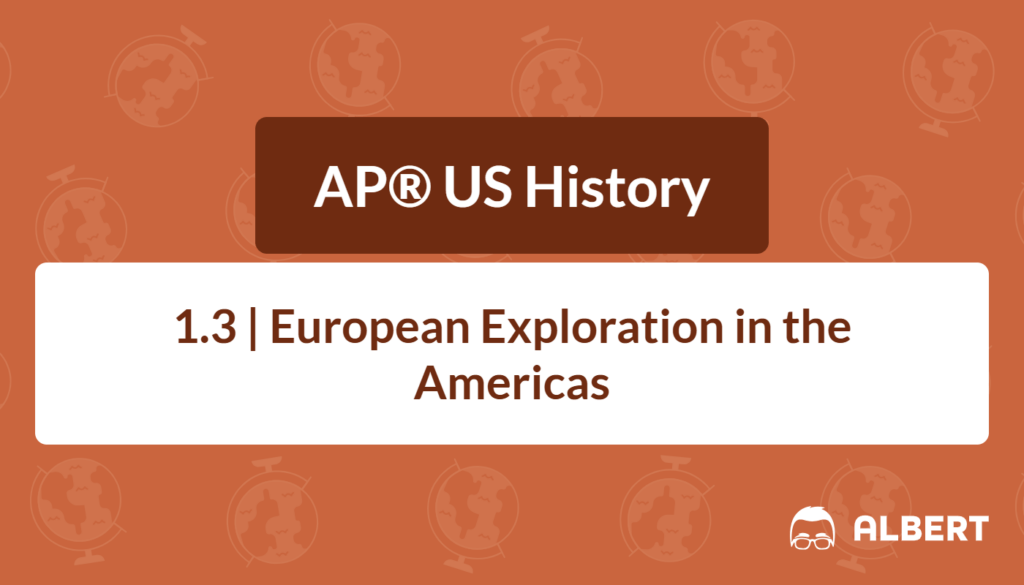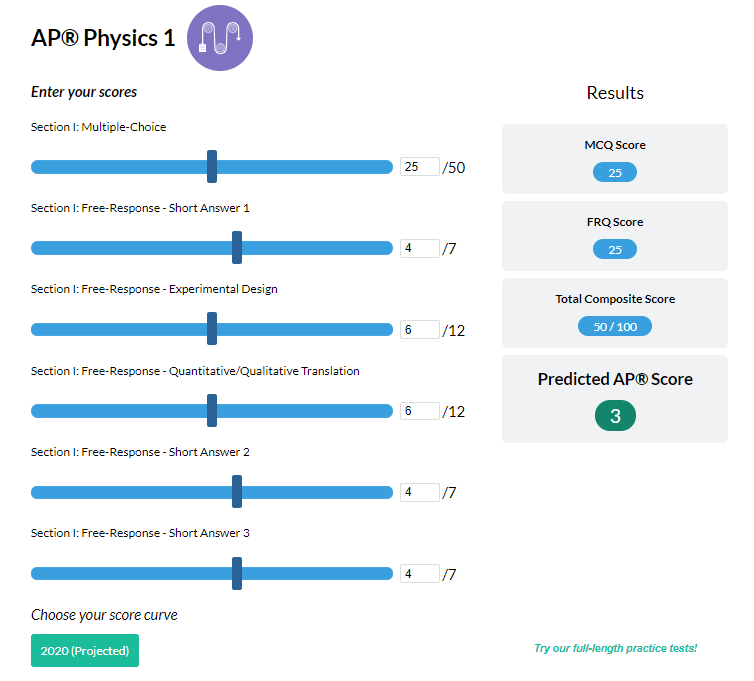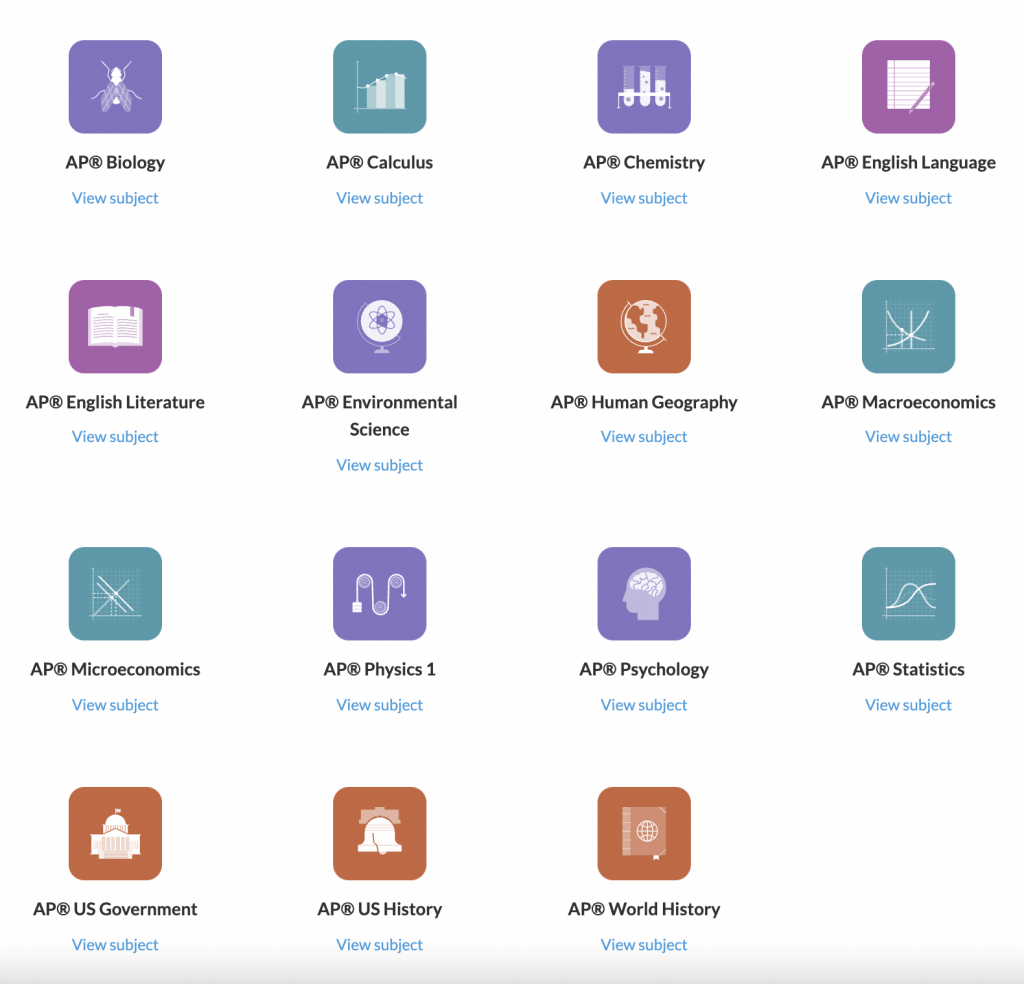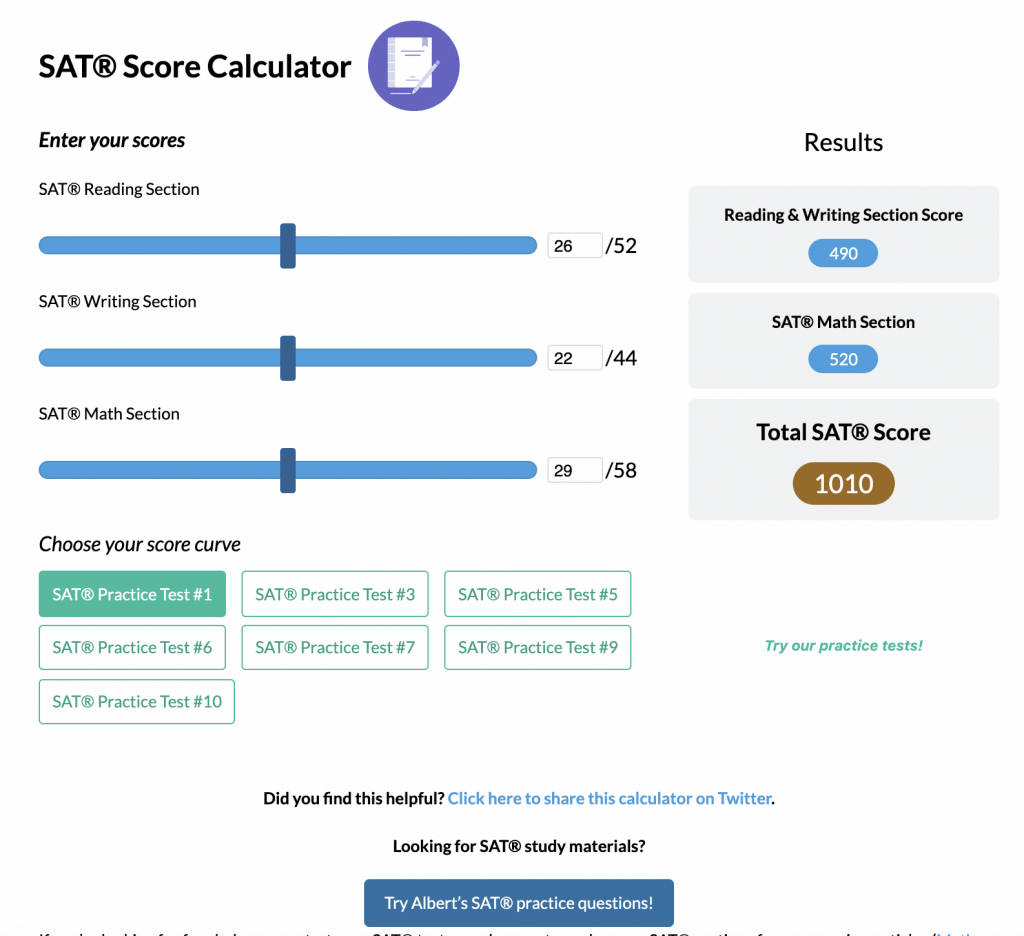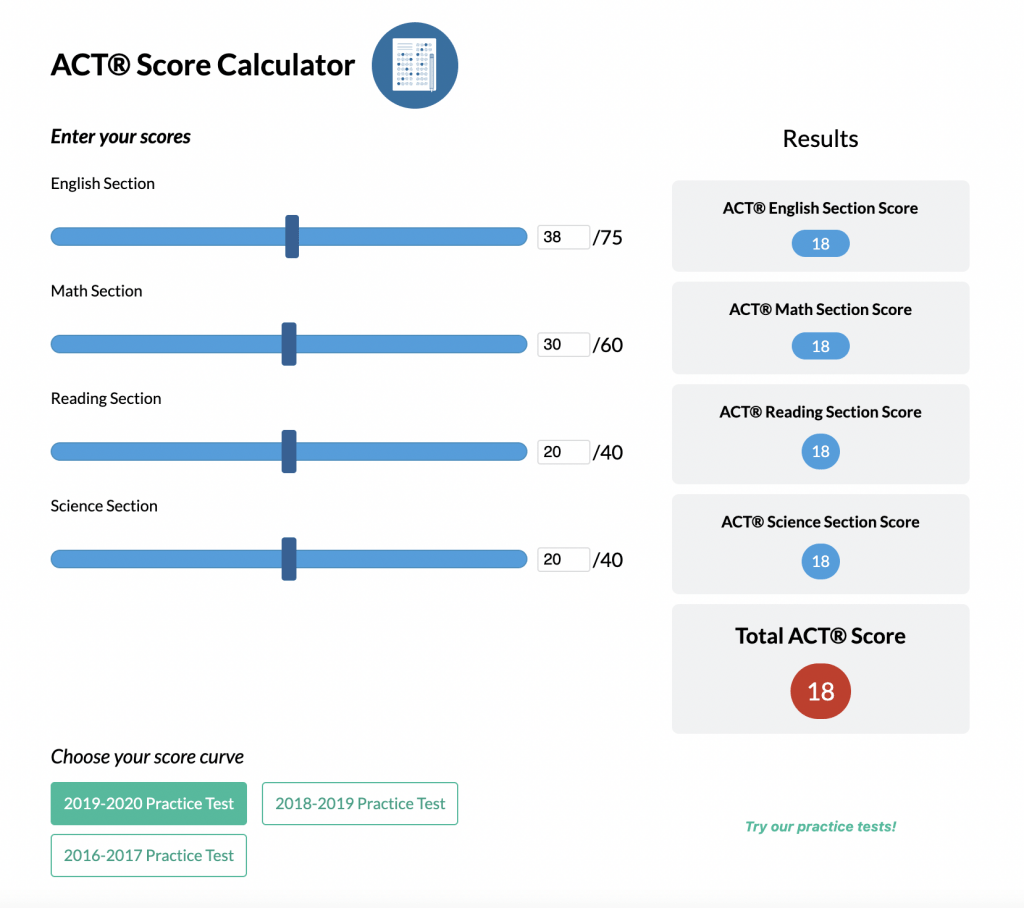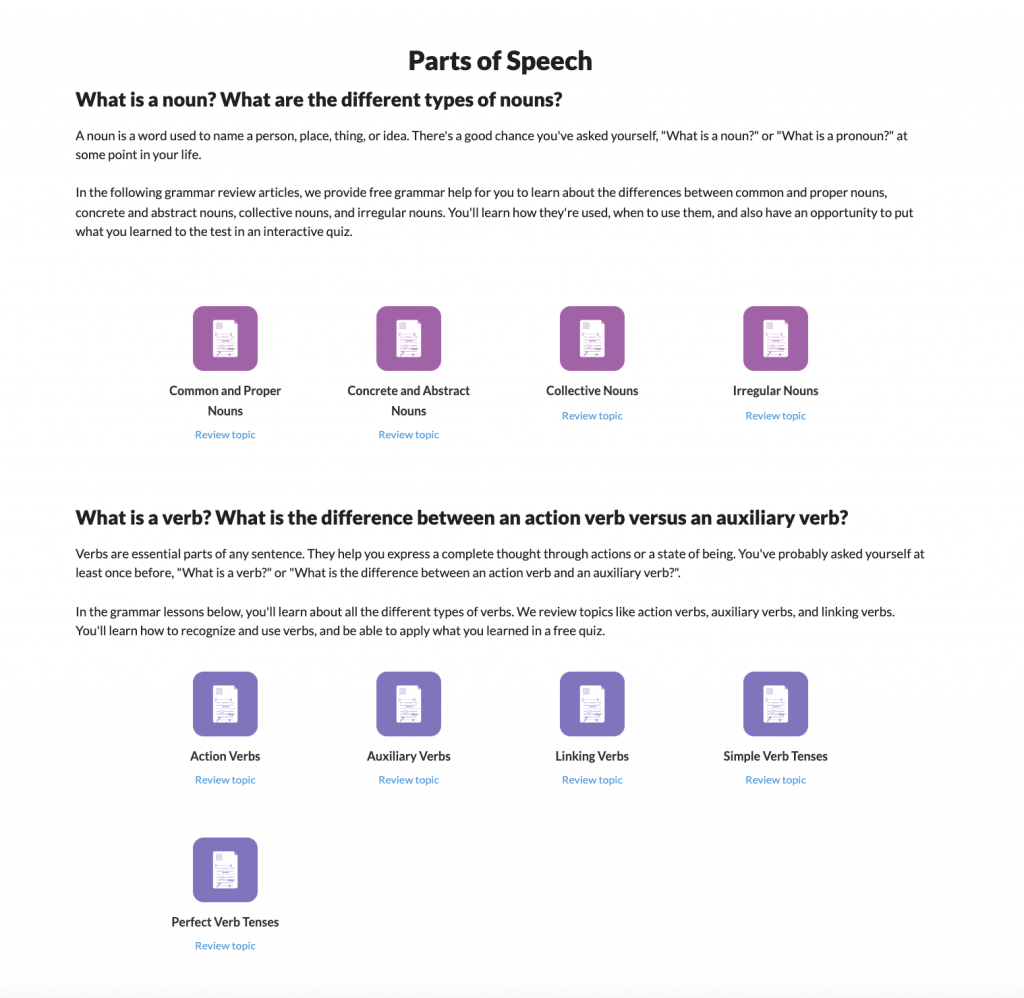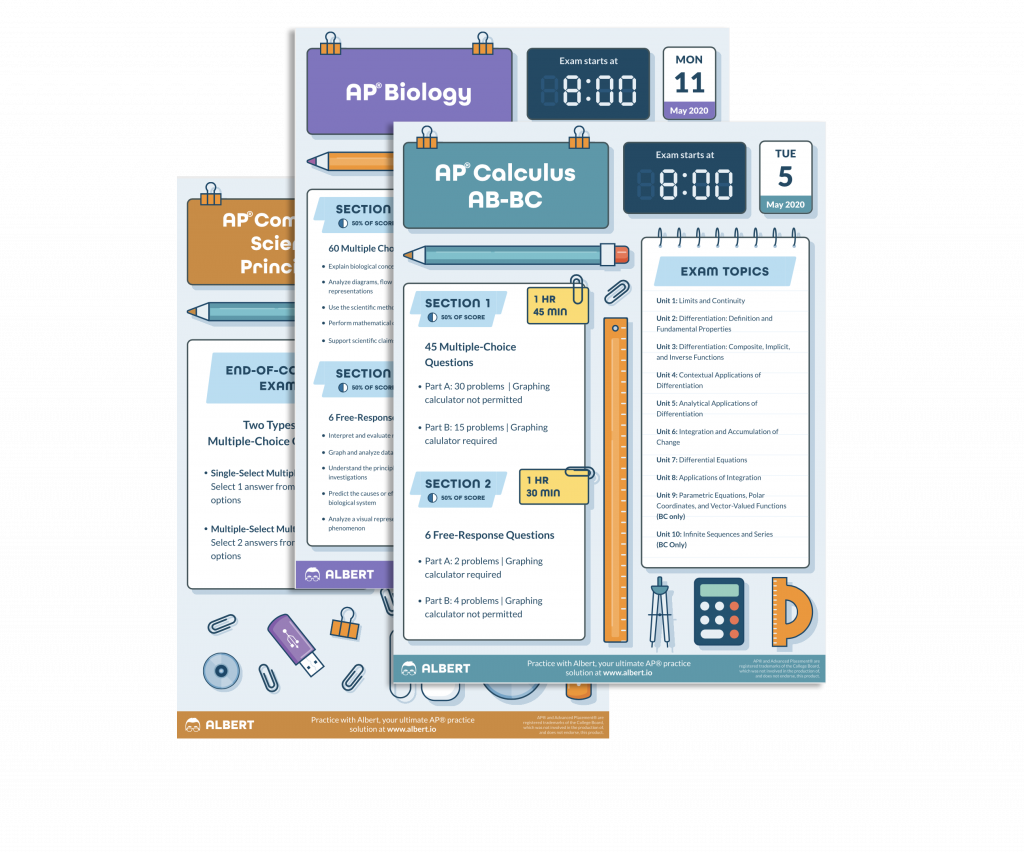What We Review
Introduction
The story of European Exploration in the Americas marks a major turning point in world history. In the 1400s and 1500s, several European countries set out across the Atlantic Ocean. Their goals included finding riches, gaining land, and spreading their beliefs. Understanding why and how these journeys happened helps explain the beginning of European colonization and its huge effects on America and the world.
This guide breaks down the causes that pushed Europeans to explore and conquer the New World. It also covers the main countries involved, their key actions, and the immediate impact on indigenous peoples. By the end, you will see how these early choices and events shaped the course of history.
Causes of European Exploration
European exploration did not happen by accident. Three main motives drove these journeys: wealth, competition, and religion.
Seeking New Sources of Wealth
- During the 1400s, European countries wanted gold, silver, spices, and other valuable items.
- Old trade routes to Asia had become difficult and expensive.
- By sailing west, Europeans hoped to find faster and cheaper ways to reach Asia’s riches or, even better, discover new treasures in unknown lands.
- This desire for wealth also led to the belief in mercantilism—the idea that national strength comes from building up gold and silver through trade.
Economic and Military Competition
- European nations, like Spain, Portugal, France, England, and the Netherlands, competed fiercely with each other.
- Gaining new lands meant more power and resources.
- Establishing overseas empires gave countries an advantage, both in wealth and in the ability to defend themselves.
Religious Motivations: Spreading Christianity
- Many Europeans felt it was important to convert non-Christians. This goal became especially strong after the Protestant Reformation split the Catholic Church.
- Both Catholic and Protestant countries sent out missionaries to teach their faith and gain influence.
Spain’s exploration of the Americas was driven by a powerful combination of motives: gold, glory, and God. Spanish leaders were eager to acquire wealth through rumored stores of gold and silver, which could strengthen Spain’s economy and influence. At the same time, Spain sought to outcompete rival powers like Portugal by claiming more land and prestige. The Catholic Church also played a central role, encouraging the spread of Christianity by sending priests alongside explorers. These intertwined goals inspired Spanish expeditions across the Atlantic and led to the establishment of a vast colonial empire in the Americas.
Key European Nations and Their Exploration Efforts
Several European countries played major roles in exploring and conquering the Americas. Here’s a look at their main actions:
Spain: Conquistadors and Early Conquests
- Spain sent famous conquistadors such as Hernán Cortés and Francisco Pizarro.
- Their main goal was to gain land and riches.
- The Spanish quickly built a large empire in Central and South America.
Portugal: Exploration around Africa and Brazil
- Portugal focused first on sailing around Africa to reach Asia.
- When Brazil was discovered, Portugal claimed it and set up colonies there.
France: Fur Trade and Native American Alliances
- France explored Canada and the Mississippi Valley.
- French explorers traded furs and built relationships with Native American tribes, rather than conquering large territories.
England: Colonization and Trade
- England arrived later but aimed to build colonies along the Atlantic coast of North America.
- The English were interested in trade, farming, and escaping religious conflict at home.
In 1519, Hernán Cortés arrived in Mexico with a relatively small Spanish force. To strengthen his position, he formed alliances with Indigenous groups who opposed Aztec rule. The Spanish brought advanced weapons—such as guns, steel swords, horses, and armor—that gave them a significant military advantage. At the same time, diseases like smallpox, introduced by Europeans, devastated the Aztec population and weakened their resistance. After months of conflict, the Aztec capital of Tenochtitlán fell in 1521, marking the beginning of Spanish control over central Mexico.
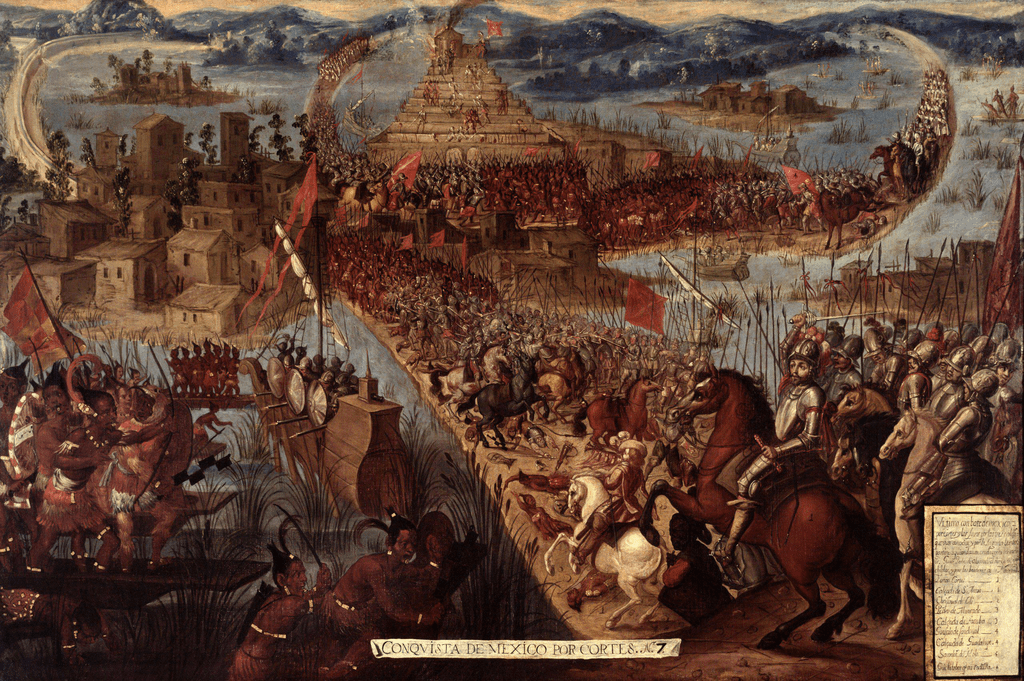
Impact of Exploration and Conquest on Indigenous Peoples
European exploration did not just bring new people and goods; it changed life in the Americas forever.
Initial Encounters and Exchanges (Columbian Exchange)
- Europeans brought horses, cattle, wheat, and many other new items.
- They also took American crops like corn, potatoes, and tomatoes back to Europe.
- This mix of plants, animals, and people is known as the Columbian Exchange.
Consequences: Disease, Warfare, and Displacement
- European diseases, such as smallpox and measles, spread quickly among Native Americans, who had no immunity.
- War and violence broke out as Europeans took land and resources.
- Many native communities were forced to move, and some groups were wiped out completely.
Cultural and Demographic Changes
- Populations dropped sharply due to disease and conflict.
- European languages, religions, and ways of life started to replace native traditions.
When Europeans arrived in the Americas, they brought diseases like smallpox, measles, and influenza—illnesses that were entirely new to Native American populations. Lacking immunity, Indigenous communities were devastated by these outbreaks. In many regions, disease spread rapidly, killing millions and in some cases wiping out entire villages. This massive population decline weakened Native societies and made it easier for Europeans to conquer land and establish control throughout the Americas.
Summary: Connecting Causes and Consequences
The search for wealth, rivalry between nations, and the desire to spread Christianity pushed Europeans to explore and claim new lands in the Americas. As a result, Spain, Portugal, France, and England established powerful colonies. However, this led to big changes for indigenous peoples, including disease outbreaks, loss of land, and cultural shifts. These early explorations set the stage for hundreds of years of European colonization and the development of what became the United States.
Quick Reference Chart: Important Vocabulary and Definitions
Copy and paste this table into your study notes or Google Doc for quick review:
| Vocabulary | Definition |
| Conquistador | Spanish explorer and conqueror of Native American lands |
| Mercantilism | Economic system focused on building wealth through trade |
| Columbian Exchange | Transfer of goods, people, and diseases between Europe and the Americas |
| Missionary | Person who spreads their religion to other people |
| Rivalry | Competition between countries for power or resources |
Example SAQs:
1. What motivated European nations to explore and conquer the Americas? Identify at least two key reasons.
European nations were driven by the desire for economic gain—such as acquiring gold, silver, and access to luxury trade goods—as well as intense political and military competition with rival powers. Many also sought to spread Christianity through religious missions.
2. What impact did European diseases have on Native American populations?
European contact introduced deadly diseases like smallpox to the Americas. Native populations had no immunity to these new illnesses, leading to widespread outbreaks and a dramatic decline in population. In some cases, entire communities were wiped out.
Conclusion
European exploration in the Americas began because countries wanted more wealth, power, and to spread their faith. The journeys of explorers like Columbus and Cortés forever changed the Americas. For Native Americans, these changes were often devastating. Understanding these early causes and consequences is essential for making sense of later events in US history, from colonization to the forming of new societies. Continue studying these connections to build a strong foundation for AP® US History!
Sharpen Your Skills for AP® US History
Are you preparing for the AP® US History test? We’ve got you covered! Try our review articles designed to help you confidently tackle real-world AP® US History problems. You’ll find everything you need to succeed, from quick tips to detailed strategies. Start exploring now!
- AP® US History: 1.4 Review
- AP® US History: 1.5 Review
- AP® US History: 1.6 Review

